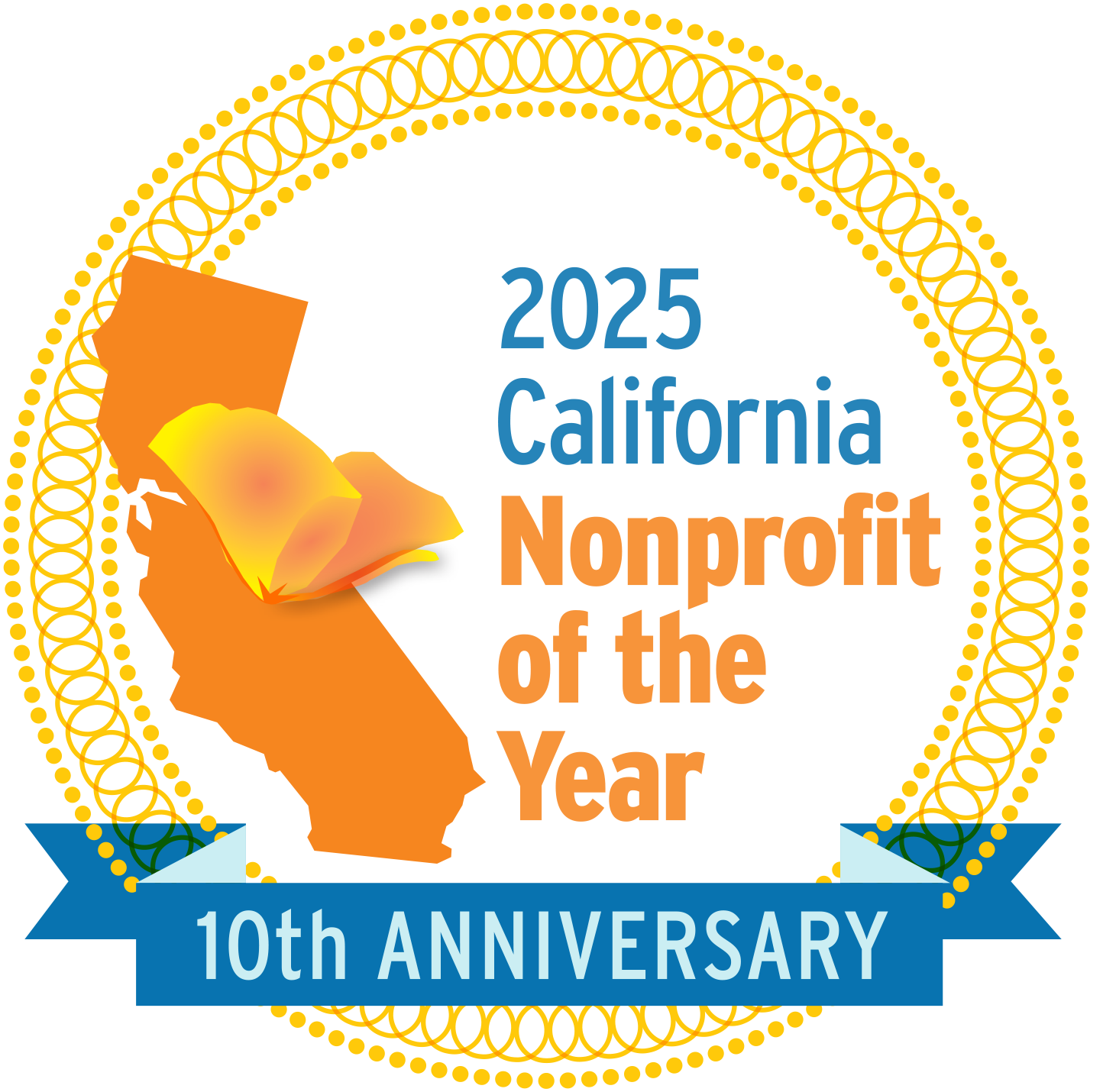A Santa Clara University law professor says her students should experience the criminal justice system beyond just “reading legal theories and judges’ decisions.”
After serving 36 years and seven months, Tommy “Shakur” Ross counted down the last four days of serving a life sentence with the possibility of parole at San Quentin State Prison. Months earlier, the parole board had already approved his release.
Nevertheless, last April, he volunteered to play a part in a restorative justice class. As eight law students and eight other incarcerated restorative justice facilitators listened, he sat in a circle with them to discuss the 1985 murder conviction that had led him to prison.
“Talk to somebody,” Ross told the students. “Tell somebody the truth. You can’t keep it all inside.” Because it was participating in restorative justice programs at San Quentin, he says, that helped him find a sense of redemption.
And on this day, through their impact statements and a number of exercises, Ross and his co-facilitators were helping the law students reconsider what accountability and the criminal justice system could look like.
Santa Clara University School of Law professor Margaret Russell says her aim is to ensure her students experience the criminal justice system beyond just “reading legal theories and judges’ decisions.”
The experience made a clear impression on her students. “Restorative justice programs help to address the roots of trauma that are often ignored by society,” one student told Next City, adding that such practices can be an effective crime prevention strategy, too.
Organized by Billie Mizell, director of ALIGHT Justice, the class aims to bring restorative justice to incarcerated communities, especially incarcerated LGBTQ individuals. The organization creates spaces for people to convene and find “healing solutions” to the trauma individuals and communities face, through programs that “ignite new ways of thinking for our communities on both sides of the prison walls,” as the group’s mission statement reads.
“We’re wearing blue,” facilitator Chris Marshall said, referring to the color of his and the other incarcerated facilitators’ clothes, “because we’ve made a negative impact, but our work with ALIGHT makes a positive impact.”
As Ross and the other eight facilitators – who together had spent a combined 179 years incarcerated – introduced themselves, they acknowledged the harm they had committed against their communities.
Ross reflected on his experiences with child abuse — “I don’t recall getting any empathy as a child…if you aren’t seen, you can’t believe you’ll be heard,” he said — and his mindset as a former gang member. He talked about his sadness and remorse after the rival gang retaliated against him, murdering his mother and brother.
Ross wasn’t always able to speak about his experiences and actions so openly. It was a “long journey in becoming candid” about his role in the tragedy as well as the impact that his actions had on the victims and survivors, he told students.
About a quarter-century into his sentence, he had his first chance to sit in a restorative justice circle at San Quentin. He can’t say exactly what happened to him in that circle, but before he left it, he had shared the truth about his crimes for the first time. Once he broke his silence, he was able to begin moving forward.
“I’ve facilitated a lot of groups,” Ross told those listening. “They’ve all brought me a level of healing, including sitting here with you students.”
Facilitator Anthony Tofoya took the group through training based on one of ALIGHT’s programs, Acting with Compassion and Truth – the nation’s first in-prison LGBTQ and gender studies program.
In an exercise designed to build empathy, Tafoya drew five columns on a whiteboard: misogynistic, anti-LGBTQ, racially charged terms, terms that disrespect your manhood, and marginalized incarcerated people. The group filled the chart in with corresponding words – including, many of the students were surprised to hear, the term “inmate.”
“Each of us see ourselves represented by at least one of these columns,” Mizell told the group. “When we see these words in our own column…the words hurt. It’s a stark illustration that we’re all connected.”
Mizell told the class that people have the power to change the world by simply paying attention to language used.
“If we never used these words to dismiss or disparage others, then they wouldn’t have the power to hurt us when we end up on the receiving end.”
After participating in the sessions, which included several restorative justice exercises, one of the law students suggested that visits to San Quentin’s restorative justice programs should be mandatory for all first-year law students at Santa Clara University.
“Most students probably have no idea that the restorative justice model is holistic in its consideration of victims and communities,” she says.
Juan Moreno Haines is a journalist incarcerated at San Quentin State Prison; senior editor at the award-winning San Quentin News; and member of the Society of Professional Journalists, where he was awarded its Silver Heart Award in 2017 for being “a voice for the voiceless.”
Attributions: This article originally appeared in Next City January 23, 2023.












